The Mojave in Bloom
Desert flora during a wet spring
As I mentioned earlier, my one visit (so far) to the Mojave was timed perfectly: the place was in a spectacular profusion of blooms in every color of the rainbow (yes, including green). There were SO many… I couldn’t get them all, I only got a few — and my RAW files still have many shots of unknown (to me) species that I never post-processed.
Here is “the most repulsive tree in the vegetable kingdom1” in bloom, with a close-up:
It is a close relative - in the same genus - as the Mojave Yucca:
Another cactus that fascinated me was the Barrel Cactus. Though it was the wrong color, it always reminded me of Marge Simpson’s hair:
The desert wildflowers come in every color, most of which are richer and deeper than cameras (and your computer screen) can capture or display. For instance, Canterbury Bells are much bluer than you can see here:
Some desert plants are commercially important. Here is the blossom of a female Jojoba plant, from which the jojoba oil in your lotions and shampoos are derived:
Another very useful desert plant is Ephedra, aka Mormon Tea. Most of the year it looks like dead sticks. But when it gets enough moisture, it blooms with tiny yellow flowers:
This is the natural source of the drugs ephedrine and pseudoephedrine - powerful stimulants that will clear a stuffy nose, and can be made into methamphetamine. The story goes that the LDS Church banned coffee, but didn’t know about this stuff (as far as I know, it doesn’t grow in northern Utah where Church headquarters are), so when southern Utah (where this stuff grows all over the place) became settled, the Mormon settlers drank it in lieu of coffee.
I traveled southern Utah extensively a few years after this encounter, and once queried an old lady rancher about the stuff. “Did you folks actually make tea out of it and drink it?”
“Oh, yes,” she replied enthusiastically. “You could drink a cup of that in the morning and work all day! [without getting tired]”
Another desert plant that looks like dead sticks most of the time is the lovely and ephemeral ocotillo - one of the most sublime reds I’ve ever seen, and it’s another one that can’t be reproduced by today’s cameras, or computer monitors:
This doesn’t actually grow in the Mojave; it’s a Colorado Desert plant.
So here we’ve gone through most of the spectrum, from deep blue to red. We’re missing orange and yellow. Here’s a lovely desert plant that’s a delicate orange:
And here are some yellow bladderpods:
And there are white flowers too:
I hope you, dear reader, have enjoyed these. Shooting wildflowers is one of my favorite things to do. There are few things in life that are more beautiful.
Explorer John C. Frémont’s description of the Joshua Tree


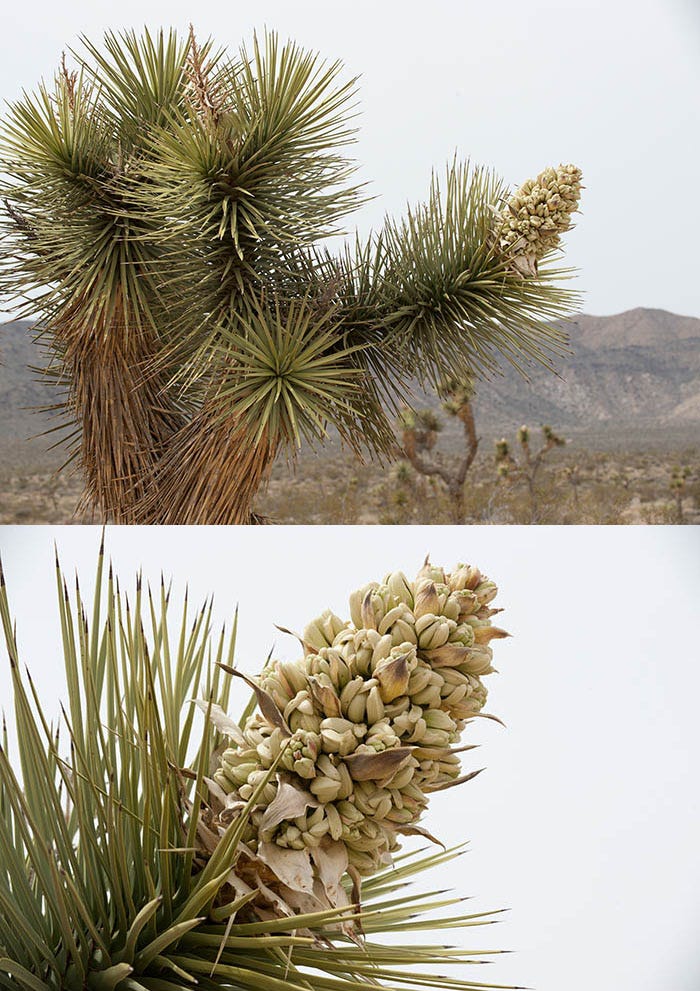

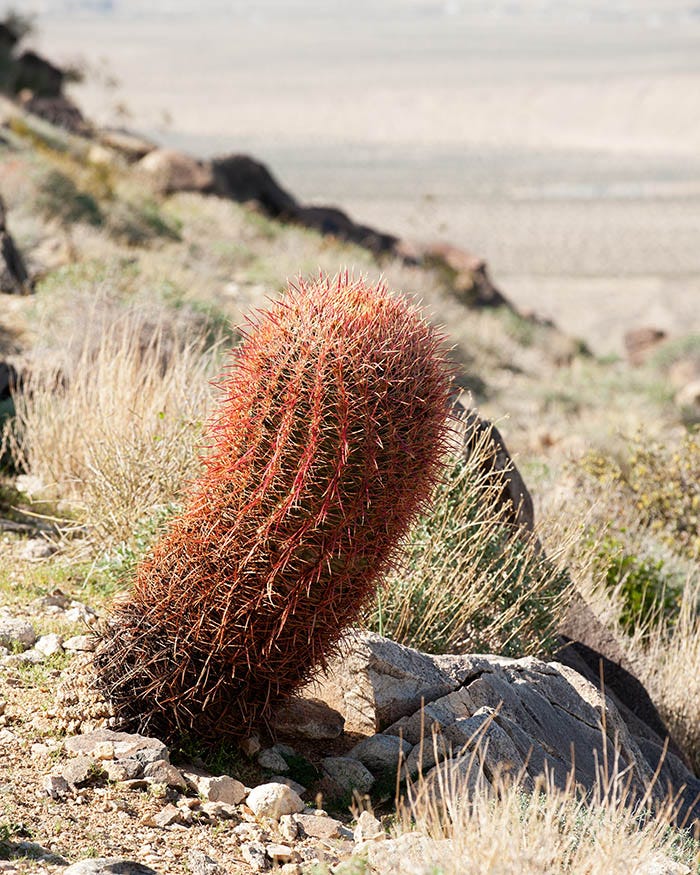


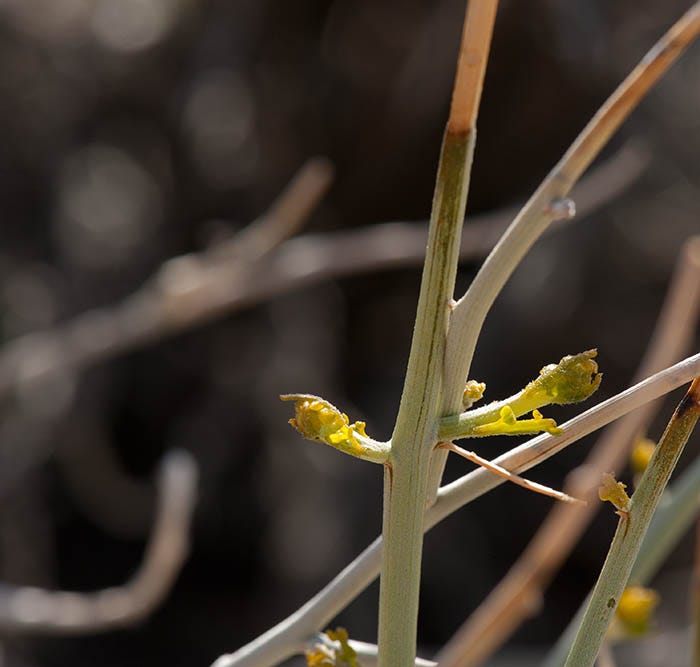

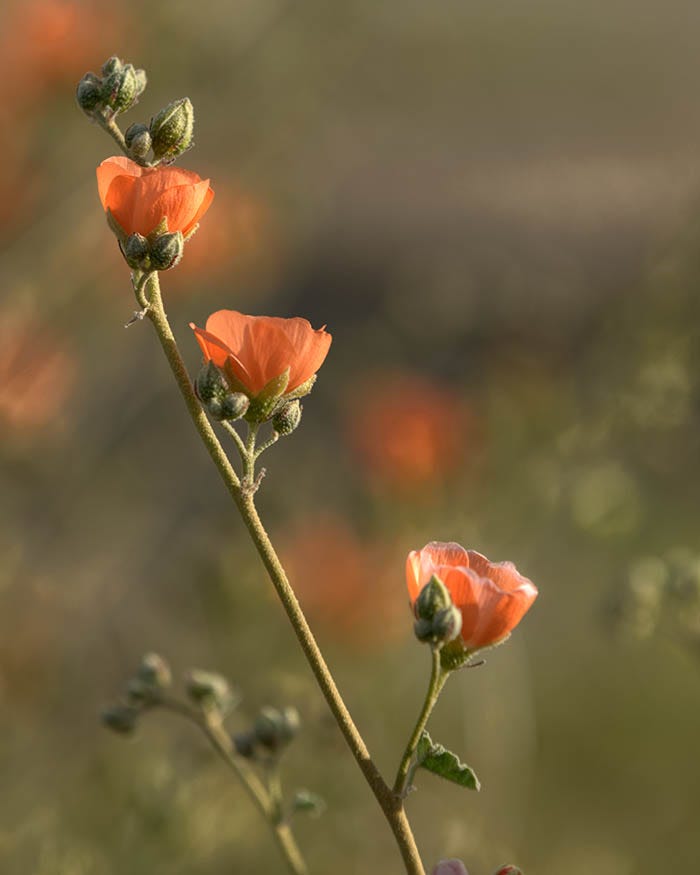

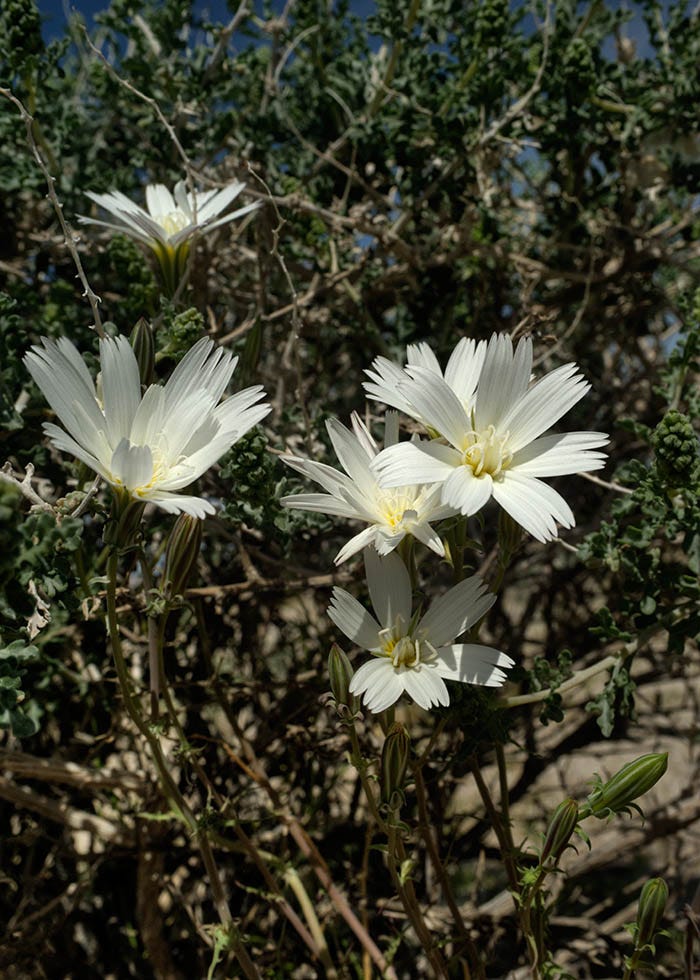
I never knew of your passion for wildflowers, that explains a lot of the pictures you have taken in the past with such an emphasis on flora. And to know the botanical names is indicative of a life long interest. Good show, Ken!.